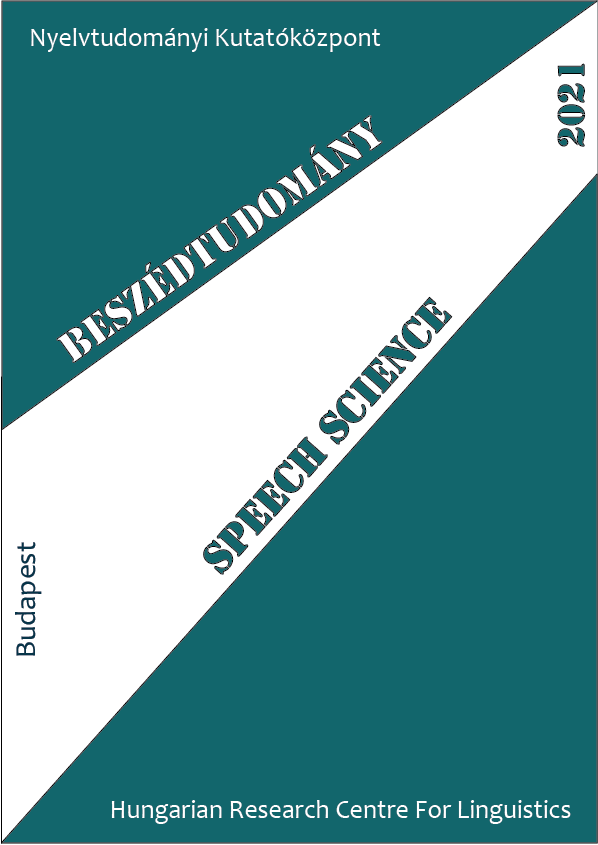Hangos olvasás közbeni hibázások, hibajavítások változása negyedik és ötödik osztály között
Absztrakt
By analyzing oral reading, we can examine the ability to read and many elements of reading comprehension, which play an important role in the diagnosis of reading disorders and development of reading techniques. In the present study, we analyze the changes in oral reading in schoolchildren between 4th and 5th grade.
In our previous research, the correlations between reading time, number of errors, frequency of self-repairs, and frequency and average duration of eye-movements were already examined in recordings of the same children. In the present study, the main question is the following: What eye-movements occur during error-repairs?
Students of average ability from an average primary school in the capital participated in the study. The experiment was performed twice, one year apart: the children were in 4th grade at the time of the first measurement and in 5th grade at the time of the second measurement. The results of oral reading of 10 children (5 boys and 5 girls) are presented in the study, for whom the loss of data was less than 10% in the recordings of the eye-movements.
The children’s task was to read aloud the same text from the monitor, in both measurements. Recordings and analysis were performed in both cases with the same instrument (Tobii X120) and software. Speech analysis and evaluation of eye-movements were performed with Praat and ELAN software.
Results show that although the speech rate of oral reading accelerated to 5th grade, the frequency of errors and the time required for self-repairs did not change or increased. However, there were differences between the two measurements in eye-movements during error-repairs. The results draw attention to the fact that reading development would be needed even in the 5th grade.




